Electrician in Glendale Heights
Electrician Glendale Heights
Once you have decided on a budget, it's the right time to search for an electrician. Ask for estimates free of charge and get references from multiple electricians. It's not enough to just pay for the price. You should also inquire about licensing and past experience. The more experienced and knowledgeable the inspector, you will get more information that will help you make a decision. Some inspectors may even provide a link for their website or refer you to other sources so you can make an educated decision.

Electricians Glendale Heights
Experience is another important factor. The more experience an electrical contractor has, the better. This will show how well they can handle different types of electric faults. You can also prevent future problems by using more advanced tools and techniques. Good electricians will keep up to date with the latest technological innovations. These devices are used to identify potential issues before they can affect the electrical system of your home.
Electrician in Glendale HeightsElectrician in Glendale Heights
You can ask for references from past clients. Also, look for electricians who have worked on similar projects to yours. Referrals will show you how the electrician did the job, such as the labeling and anchoring of wires. To see if the electrician follows safety standards, you may want to request photos of the finished work. This should not be a problem if the electrician is willing to help.
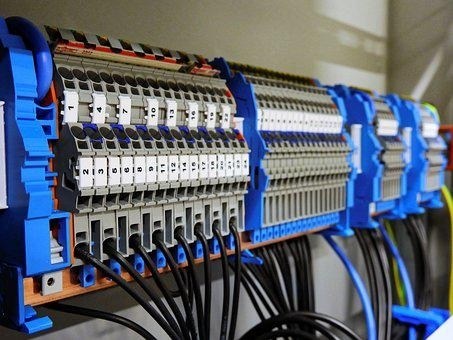
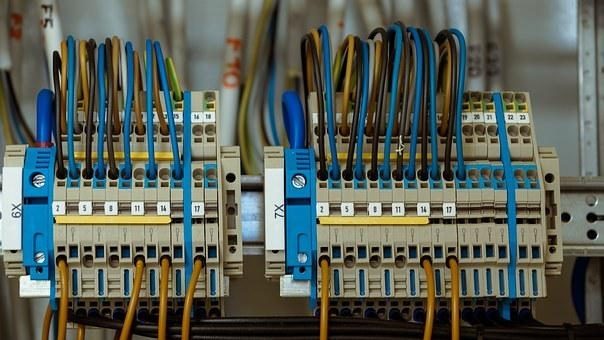
Electricians Glendale Heights
A clear path to the furnace, furnace, and water main is essential in order to avoid electrical problems. Before the inspectors arrive, make sure they have clear access. You should also ensure that no debris is blocking the inspectors' access. Make sure to remove any vegetation and plants from the property's perimeter. These plants can block your access to your house.
Electricians in Glendale Heights
You should verify that an electrical contractor is a member before you hire them. This is a great idea. But it isn't enough to pick the first business you find. Be sure to check that they have a valid license and a solid reputation. It is also important that you check with your local licensing authorities to confirm if a business is NECA-member.
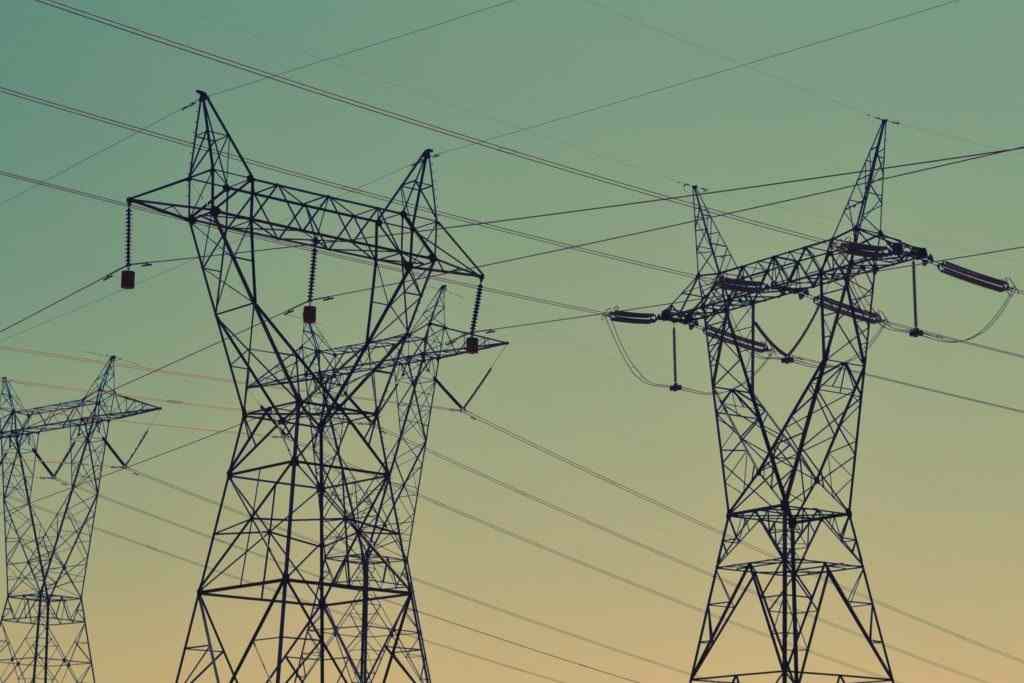
Electrician Glendale Heights IL
Online reviews can be a great way to see what others think about potential electricians. These reviews can be especially helpful if you've had a good experience with another electrician. To get an idea of the electrician's performance, you could also contact their references. You should ask for references from past clients. For a deeper understanding of the company, it is worth reading reviews from customers online.
Electrician Glendale Heights Illinois
For safety reasons, it is important to get an electrical inspection before you sell your house. A bad electrical system can lead to fires or other catastrophes. An electrical problem in a house is the main cause of fires, which accounts for 57% of all home fires that occurred between 2010 and 2014. It is essential to have your house professionally inspected before you sell it. If in doubt, contact an electrician licensed to inspect it.
About Naperville Illinois
Naperville, Illinois
|
Naperville, Illinois
|
|
|---|---|
| City of Naperville | |
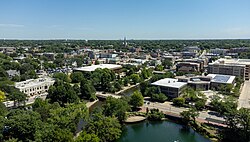
Aerial view of downtown Naperville.
|
|
| Motto:
Great Service – All the Time
|
|
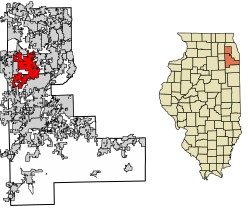
Location of Naperville in Will and DuPage counties in Illinois
|
|
Coordinates:  41°44′54″N 88°09′57″WCoordinates: 41°44′54″N 88°09′57″WCoordinates:  41°44′54″N 88°09′57″W 41°44′54″N 88°09′57″W |
|
| Country | United States |
| State | Illinois |
| Counties | DuPage, Will |
| Townships | Dupage: Lisle, Milton, Naperville, Winfield, Will: DuPage, Wheatland |
| Settled | 1831 |
| Incorporated | February 7, 1857 (Village) March 17, 1890 (City)[1][2] |
| Named for | Joseph Naper |
| Government | |
| • Type | Council–manager |
| • Mayor | Steve Chirico (R) |
| Area | |
| • Total | 39.70 sq mi (102.81 km2) |
| • Land | 39.11 sq mi (101.29 km2) |
| • Water | 0.59 sq mi (1.52 km2) |
| Elevation | 702 ft (214 m) |
| Population
(2020)
|
|
| • Total | 149,540 |
| • Density | 3,823.57/sq mi (1,476.29/km2) |
| Demonym | Napervillian[4] |
| Time zone | UTC−6 (CST) |
| • Summer (DST) | UTC−5 (CDT) |
| ZIP Codes |
60540, 60563–60565, and P.O. box only 60566–60567
|
| Area codes | 630 and 331 |
| FIPS code | 17-51622 |
| GNIS feature ID | 2395147[5] |
| Website | www |
Naperville (/ˈneɪpərˌvɪl/ NAY-pər-vil) is a city in DuPage and Will counties in the U.S. state of Illinois. It is in the Chicago metro area, 28 miles (45 km) west of the city.
Naperville was founded in 1831 by Joseph Naper. The city was established by the banks of the DuPage river, and was originally known as Naper's Settlement. By 1832, over 100 residents lived in Naper's Settlement. In 1839, after DuPage County was split from Cook County, Naperville became the county seat, which it remained until 1868. Beginning in the 1960s, Naperville experienced a significant population increase as a result of Chicago's urban sprawl.
As of the 2020 census, its population was 149,540,[6] making it the state's fourth-most populous city. Naperville's largest employer is Edward Hospital, with 4,500 employees.
Naperville is home to Moser Tower and Millennium Carillon. It is one of the four largest carillons in the world. Naperville is also home to an extensive parks and forest preserve network, including Centennial Beach. Naperville has two school districts, 203 and 204. It also has media outlets, like NCTV17. Naperville has a train station served by Amtrak and Metra.
About Naperville Illinois
Naperville, Illinois
|
Naperville, Illinois
|
|
|---|---|
| City of Naperville | |

Aerial view of downtown Naperville.
|
|
| Motto:
Great Service – All the Time
|
|

Location of Naperville in Will and DuPage counties in Illinois
|
|
Coordinates:  41°44′54″N 88°09′57″WCoordinates: 41°44′54″N 88°09′57″WCoordinates:  41°44′54″N 88°09′57″W 41°44′54″N 88°09′57″W |
|
| Country | United States |
| State | Illinois |
| Counties | DuPage, Will |
| Townships | Dupage: Lisle, Milton, Naperville, Winfield, Will: DuPage, Wheatland |
| Settled | 1831 |
| Incorporated | February 7, 1857 (Village) March 17, 1890 (City)[1][2] |
| Named for | Joseph Naper |
| Government | |
| • Type | Council–manager |
| • Mayor | Steve Chirico (R) |
| Area | |
| • Total | 39.70 sq mi (102.81 km2) |
| • Land | 39.11 sq mi (101.29 km2) |
| • Water | 0.59 sq mi (1.52 km2) |
| Elevation | 702 ft (214 m) |
| Population
(2020)
|
|
| • Total | 149,540 |
| • Density | 3,823.57/sq mi (1,476.29/km2) |
| Demonym | Napervillian[4] |
| Time zone | UTC−6 (CST) |
| • Summer (DST) | UTC−5 (CDT) |
| ZIP Codes |
60540, 60563–60565, and P.O. box only 60566–60567
|
| Area codes | 630 and 331 |
| FIPS code | 17-51622 |
| GNIS feature ID | 2395147[5] |
| Website | www |
Naperville (/ˈneɪpərˌvɪl/ NAY-pər-vil) is a city in DuPage and Will counties in the U.S. state of Illinois. It is in the Chicago metro area, 28 miles (45 km) west of the city.
Naperville was founded in 1831 by Joseph Naper. The city was established by the banks of the DuPage river, and was originally known as Naper's Settlement. By 1832, over 100 residents lived in Naper's Settlement. In 1839, after DuPage County was split from Cook County, Naperville became the county seat, which it remained until 1868. Beginning in the 1960s, Naperville experienced a significant population increase as a result of Chicago's urban sprawl.
As of the 2020 census, its population was 149,540,[6] making it the state's fourth-most populous city. Naperville's largest employer is Edward Hospital, with 4,500 employees.
Naperville is home to Moser Tower and Millennium Carillon. It is one of the four largest carillons in the world. Naperville is also home to an extensive parks and forest preserve network, including Centennial Beach. Naperville has two school districts, 203 and 204. It also has media outlets, like NCTV17. Naperville has a train station served by Amtrak and Metra.
About Naperville Illinois
Naperville, Illinois
|
Naperville, Illinois
|
|
|---|---|
| City of Naperville | |

Aerial view of downtown Naperville.
|
|
| Motto:
Great Service – All the Time
|
|

Location of Naperville in Will and DuPage counties in Illinois
|
|
Coordinates:  41°44′54″N 88°09′57″WCoordinates: 41°44′54″N 88°09′57″WCoordinates:  41°44′54″N 88°09′57″W 41°44′54″N 88°09′57″W |
|
| Country | United States |
| State | Illinois |
| Counties | DuPage, Will |
| Townships | Dupage: Lisle, Milton, Naperville, Winfield, Will: DuPage, Wheatland |
| Settled | 1831 |
| Incorporated | February 7, 1857 (Village) March 17, 1890 (City)[1][2] |
| Named for | Joseph Naper |
| Government | |
| • Type | Council–manager |
| • Mayor | Steve Chirico (R) |
| Area | |
| • Total | 39.70 sq mi (102.81 km2) |
| • Land | 39.11 sq mi (101.29 km2) |
| • Water | 0.59 sq mi (1.52 km2) |
| Elevation | 702 ft (214 m) |
| Population
(2020)
|
|
| • Total | 149,540 |
| • Density | 3,823.57/sq mi (1,476.29/km2) |
| Demonym | Napervillian[4] |
| Time zone | UTC−6 (CST) |
| • Summer (DST) | UTC−5 (CDT) |
| ZIP Codes |
60540, 60563–60565, and P.O. box only 60566–60567
|
| Area codes | 630 and 331 |
| FIPS code | 17-51622 |
| GNIS feature ID | 2395147[5] |
| Website | www |
Naperville (/ˈneɪpərˌvɪl/ NAY-pər-vil) is a city in DuPage and Will counties in the U.S. state of Illinois. It is in the Chicago metro area, 28 miles (45 km) west of the city.
Naperville was founded in 1831 by Joseph Naper. The city was established by the banks of the DuPage river, and was originally known as Naper's Settlement. By 1832, over 100 residents lived in Naper's Settlement. In 1839, after DuPage County was split from Cook County, Naperville became the county seat, which it remained until 1868. Beginning in the 1960s, Naperville experienced a significant population increase as a result of Chicago's urban sprawl.
As of the 2020 census, its population was 149,540,[6] making it the state's fourth-most populous city. Naperville's largest employer is Edward Hospital, with 4,500 employees.
Naperville is home to Moser Tower and Millennium Carillon. It is one of the four largest carillons in the world. Naperville is also home to an extensive parks and forest preserve network, including Centennial Beach. Naperville has two school districts, 203 and 204. It also has media outlets, like NCTV17. Naperville has a train station served by Amtrak and Metra.

